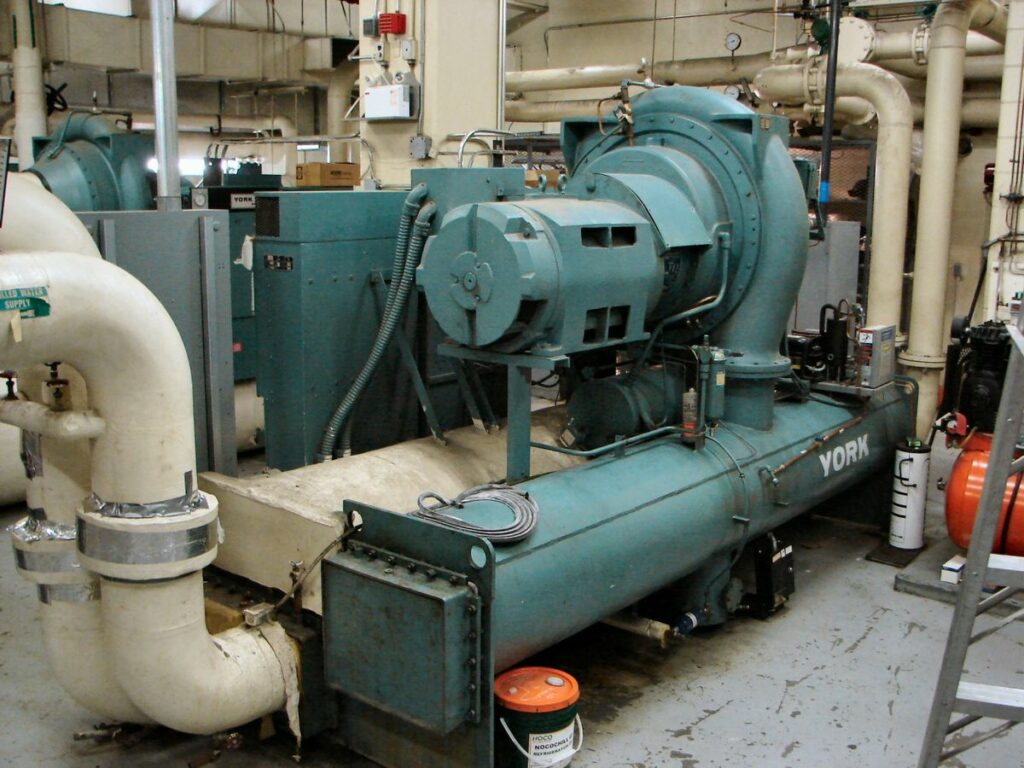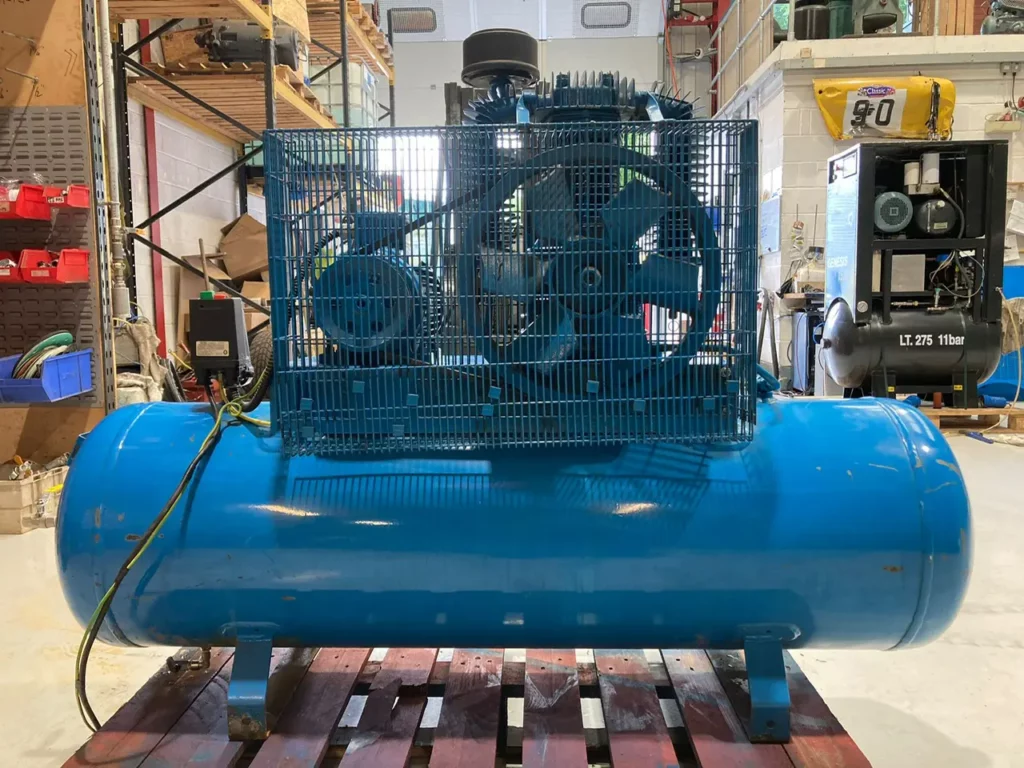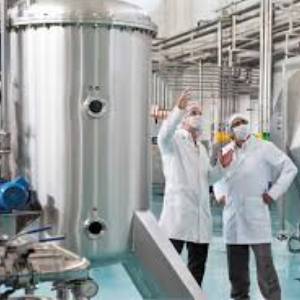An airline chiller is a specific type of cooling system designed to provide chilled air for various applications, particularly in industries that require controlled environments or specific temperatures for operations. In most contexts, “airline chiller” refers to an air conditioning or cooling system used in the aviation industry or to cool air supplied through air compressors in industrial processes.
In the aviation industry, an airline chiller typically refers to an air conditioning unit or refrigeration system that cools the air inside the cabin of an aircraft. These systems are vital for maintaining the comfort of passengers and crew in flight.
Recirculation and Fresh Air The air conditioning system on an airplane typically involves mixing fresh air (sourced from outside the plane, compressed and cooled) and recirculated air (air already inside the cabin). The air conditioning unit cools and conditions the air, which is then distributed evenly throughout the cabin. air quality high, especially at high altitudes where external temperatures can be extremely cold.


Maintaining a consistent and controlled temperature in the cabin is essential for passenger comfort.

Airline chillers also help to manage humidity levels to ensure passengers do not feel too dry or uncomfortable during long flights.

These systems are designed to be energy-efficient, given the limited power available on aircraft.
In industrial applications, an “airline chiller” could refer to a cooling unit designed to chill the compressed air that flows through the air pipeline system (the “airline”). Compressed air is often used for a variety of tools and machinery, and cooling this air helps in several ways:


In industries like automotive, electronics, and food processing, where compressed air is used for power tools and machinery.

Ensuring that the compressed air remains dry and free from contaminants to maintain hygiene and product quality.

Maintaining the integrity of pneumatic systems in extreme environments. Benefits of Airline Chillers in Industrial Applications:
By cooling the air, these systems help maintain the proper operating temperature, improving the efficiency of equipment and reducing downtime.
Removing moisture from compressed air prevents corrosion, rusting, and other forms of damage to machinery, extending the life of tools and equipment.
Proper temperature control and cooling can reduce energy costs by ensuring that air compressors and pneumatic tools run more efficiently.
By maintaining consistent and dry air, products, particularly in sensitive industries, are less likely to be compromised by moisture or overheating.
Leading Providers of PPR & Aluminum Pipelines, USG Screw Air Compressors, and Auto Drain Valves. Trusted for Quality and Reliability in Every Product.
H. No.251, Sector-12 Rozy Colony, Nai Basti Dundahera, Ghaziabad-201001, Uttar Pradesh, India
J-11 BS Complex Sector 58, Noida